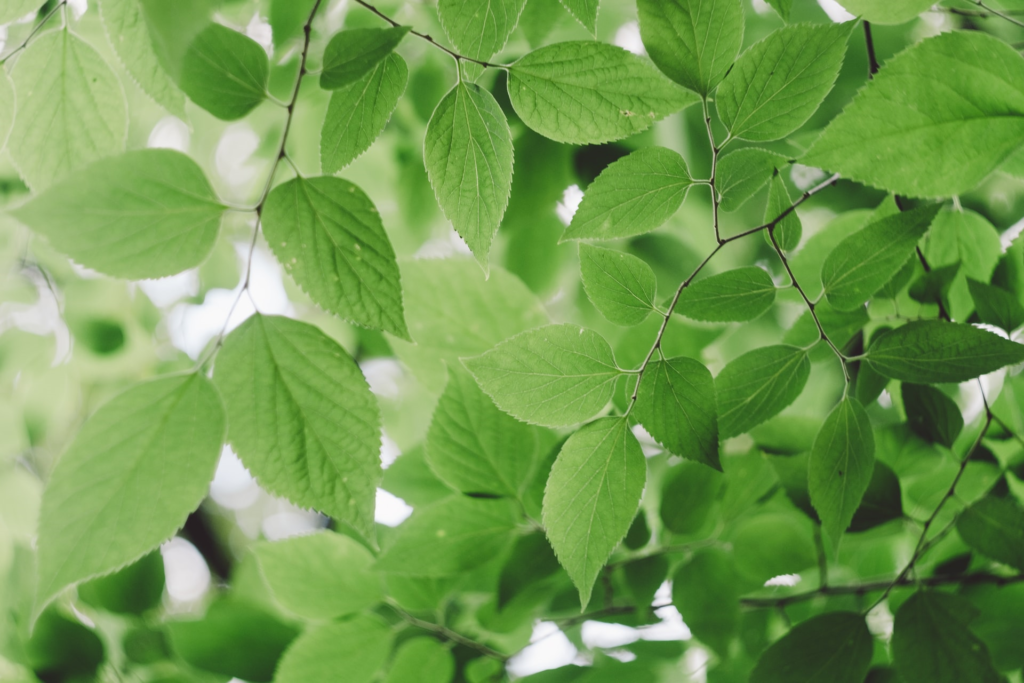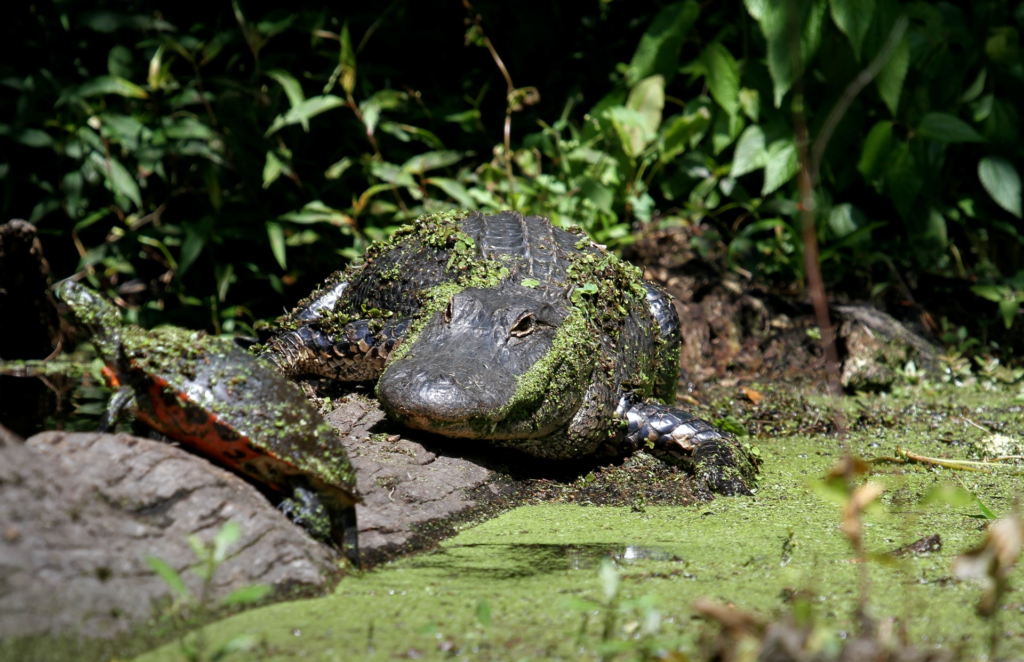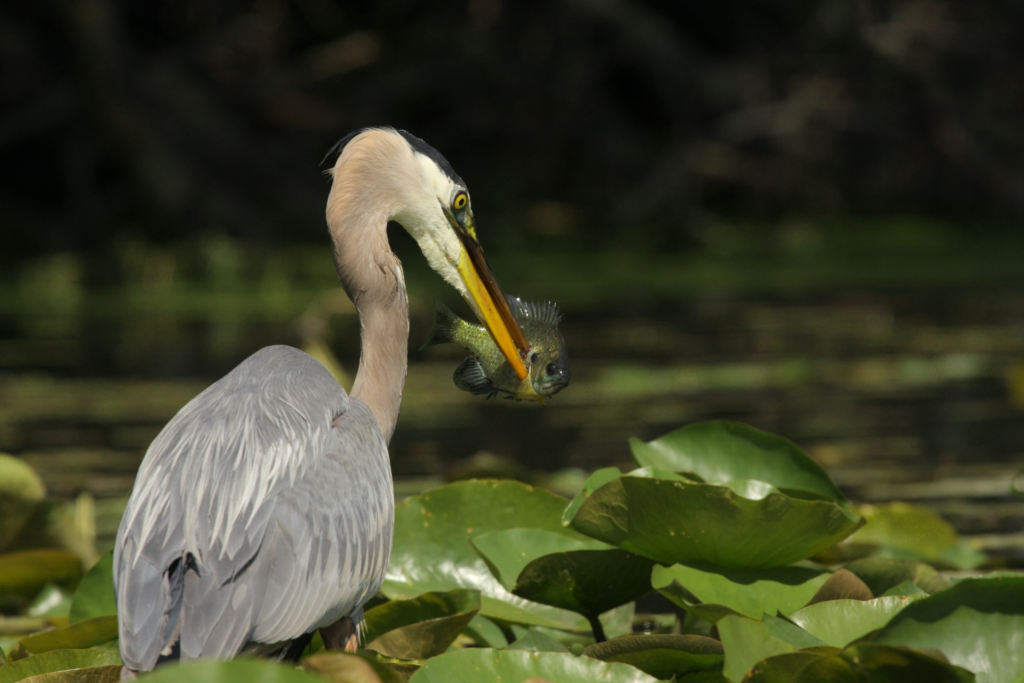(par 3. 2.1) Light, Green Plants and Photosynthesis

What is photosynthesis? http://en.wikibooks.org/wiki/Biology,_Answering_the_Big_Questions_of_Life/Photosynthesis Photosynthesis is a process used by plants and other organisms to convert light energy, normally from the Sun, into chemical energy that can be later released to fuel the organisms’ activities. What is light? Light is a form of energy. The form of light that plants capture, as well as the […]
(par 3. 2.1) Species interaction

https://www.le.ac.uk/se/centres/sci/selfstudy/eco3.htm The main species typical of a particular habitat are called indicator species. Each habitat has its own diverse and characteristic assemblage of interacting living organisms known collectively as a community, and all the individuals of one species at a given time make up a population. Each organism has its own functional position in the community, referred to […]
(par 3. 2.1) Trophic levels and energy transfer

http://en.wikipedia.org/wiki/Trophic_level Trophic levels and Biomass The trophic level of an organism is the position it occupies on the food chain. The word trophic derives from the Greek τροφή (trophē) referring to food or feeding. A food chain represents a succession of organisms that eat another organism and are, in turn, eaten themselves. The number of […]
